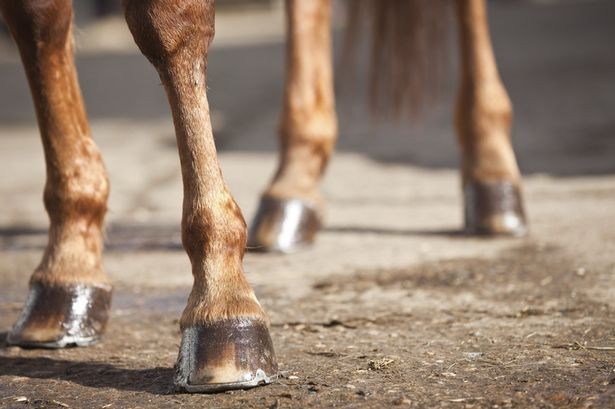
A treatment of naturally occurring tendinitis and desmitis
Tendon and ligament injuries in horses are the most common cause of orthopedic disorders and regarded as a career-limiting disease. Because of a high incidence, a high re-injury rate and long recovery times, these disorders are a big problem for horse owners.
When using medicinal therapy to treat equine tendon injuries the disease relapses in more than 43% of cases upon intensive physical exercise. Despite the promise of regenerative medicine methods, research into clinical therapies for severe tendon/ ligament injuries has been slow. However, it has been suggested that the use of recombinant proteins and gene therapy are the most advanced and promising approaches in the treatment of musculoskeletal disorders in human medicine.
This study describes the application of the plasmid DNA encoding two therapeutic species-specific growth factors in seven horses to restore naturally occurring injuries of the superficial digital flexor tendon (SDFT) (tendinitis) and in three horses with suspensory ligament branch desmitis. In this study plasmid DNA containing fibroblast growth factor 2 (FGF2) and vascular endothelial growth factor (VEGF164) were used as they are known to promote soft tissue regeneration.
The results of follow-up data of the horses revealed a positive outcome including significant ultrasonographic and clinical improvements in eight out of ten horses with SDFT and suspensory ligament branch lesions, with return to their pre-injury level of performance by two to six months after the completion of treatment. The ninth horse showed no ultrasonographic improvements, however it did clinically become less lame. The last horse recovered, however it experienced re-injury after six months.
Expert opinion by Anouk van Breukelen
Further research in experimental models is required to fully understand the mechanisms of action. This treatment and the significant clinical impacts observed are an important advancement in the field of medicine.
> From: Kovac et al., Frontiers in Pharmacology 9 (2018) 978. All rights reserved to Creative Commons Attribution License (CC BY). Click here for the online summary.


